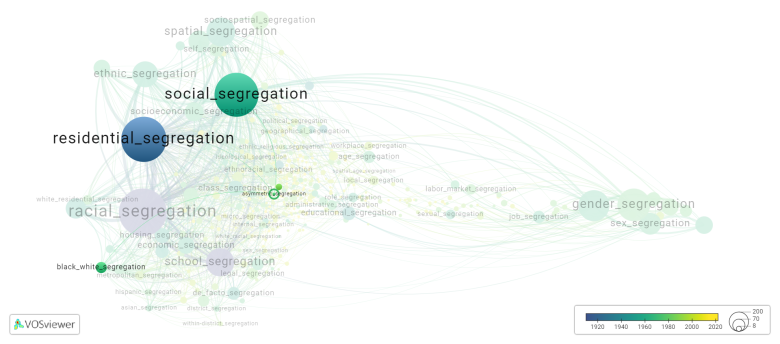Asymmetric segregation
Date and country of first publication[1]
1982
United States
Definition
Asymmetric segregation refers to the unequal distribution of cellular components or factors during cell division, resulting in daughter cells with different characteristics. This process plays a key role in cell fate determination and differentiation in various organisms. For example, during stem cell division, asymmetric segregation can lead to one daughter cell retaining stem cell properties while the other becomes more specialized. This mechanism helps to generate cellular diversity and maintain tissue homeostasis in multicellular organisms.
Synonyms
The following terms are synonymous with asymmetric segregation:
asymmetrical segregation.
References and literature addressing this segregation form under these synonymous terms can be found below.
See also
Related segregation forms
Asymmetric segregation is frequently discussed in the literature with the following segregation forms:
residential segregation, black white segregation, social segregation, institutionalized segregation

This visualization is based on the study The Multidisciplinary Landscape of Segregation Research.
For the complete network of interrelated segregation forms, please refer to:
References
Notes
- ↑ Date and country of first publication as informed by the Scopus database (December 2023).
Asymmetric segregation appears in the following literature
Lieberson S., Carter D.K. (1982). A Model for Inferring the Voluntary and involuntary causes of residential segregation. Demography, 19(4), 511-526. https://doi.org/10.2307/2061016
Chen Y., Fehr E., Fischbacher U., Morgan P. (2015). Decentralized matching and social segregation. Games and Economic Behavior, 90(), 17-43. Academic Press Inc..https://doi.org/10.1016/j.geb.2014.11.004
